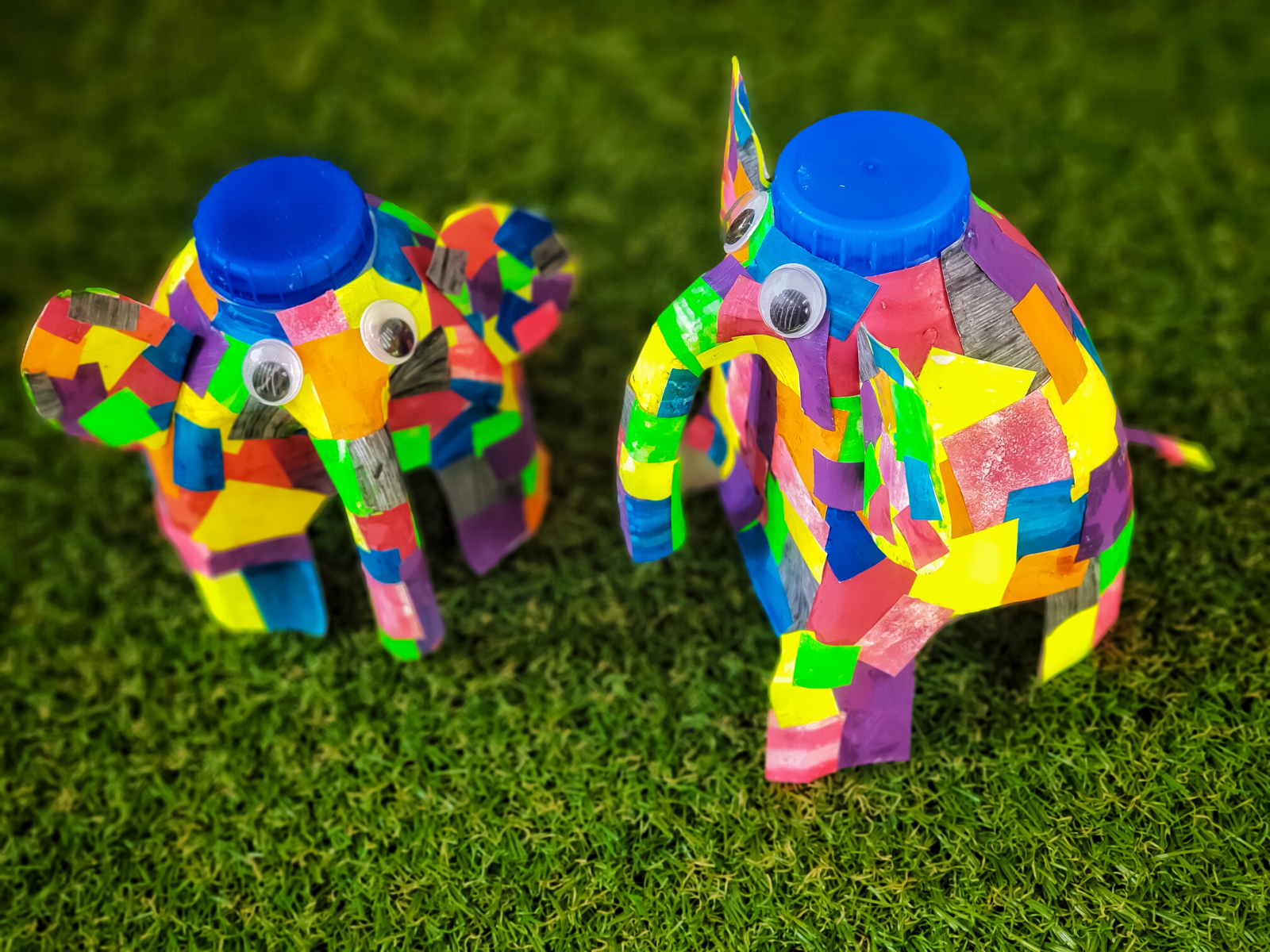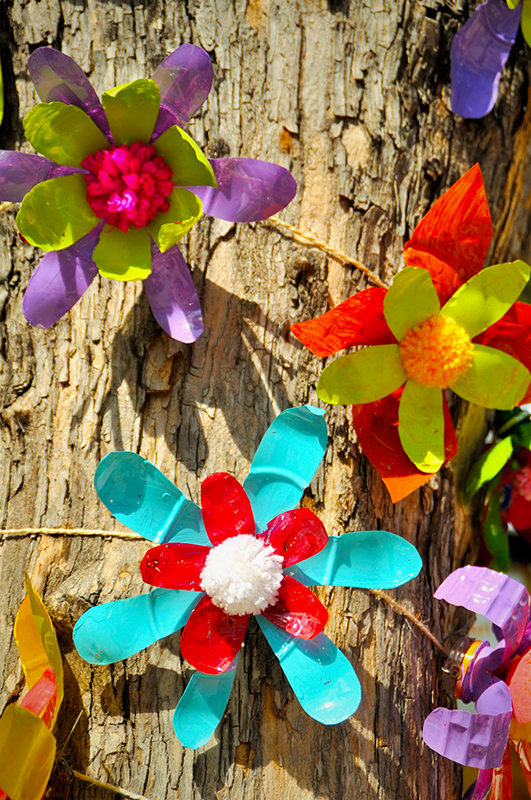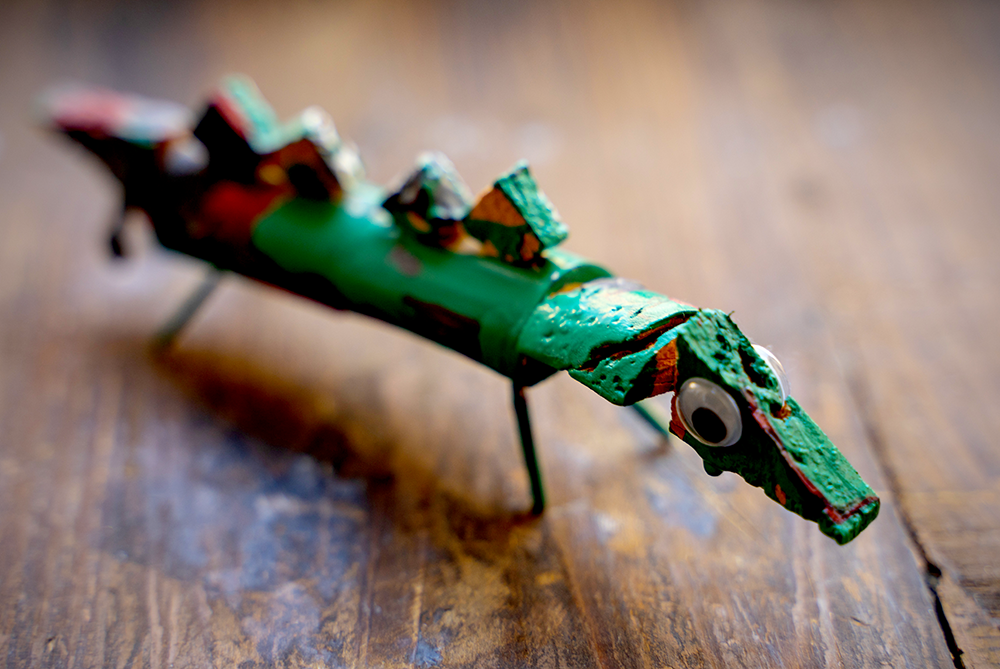Recycled art is an innovative and environmentally conscious form of creating art that breathes new life into discarded materials.
In the vibrant tapestry of the art world, recycled art emerges as a dynamic thread, weaving sustainability with creativity.
This transformative genre, known by a myriad of enchanting names, redefines the boundaries of traditional artistry.
Often referred to by various terms, it is a practice that has been gaining momentum in the world of fine art and beyond.
It's a realm where the discarded becomes the cherished, and what was once considered waste is now celebrated as the cornerstone of innovative masterpieces.
This article delves into the essence of recycled art, exploring the myriad of words that encapsulate its meaning and the profound impact it has on our culture and environment.
Join us as we explore the lexicon of recycled art, uncovering the various terms that capture its essence and the significant cultural and environmental footprint it leaves on our world.
Key Takeaways:
- Recycled art, also known as upcycled art, is a creative process that transforms waste materials into valuable art works.
- This form of art not only showcases creativity but also promotes environmental sustainability by repurposing everyday objects.
- Artists worldwide are embracing recycled art, elevating items from useless to unique, and contributing to a culture of recycling.

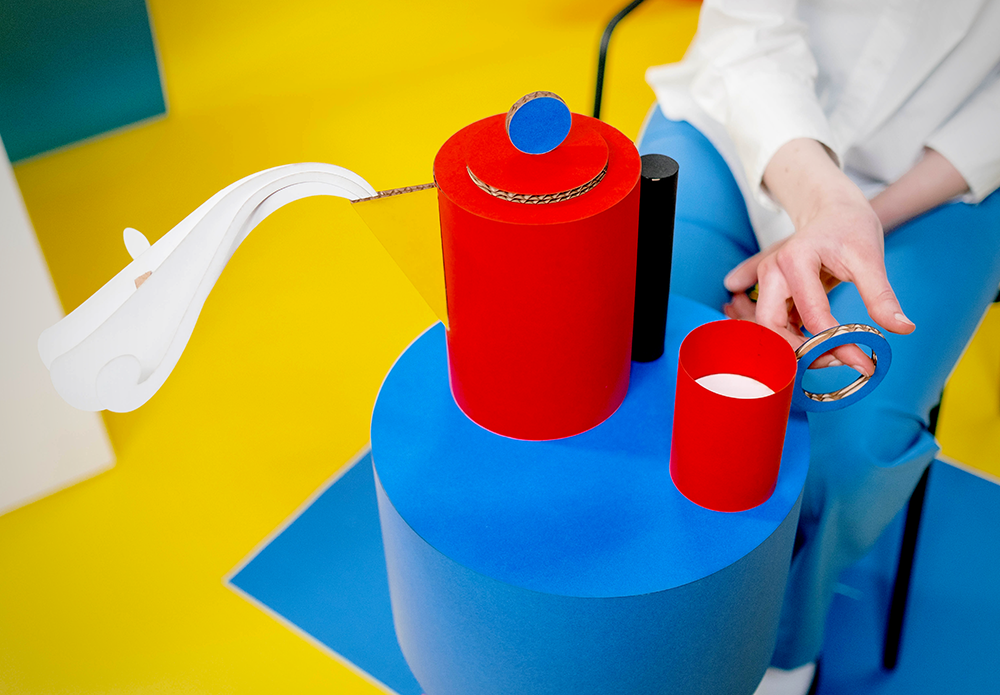
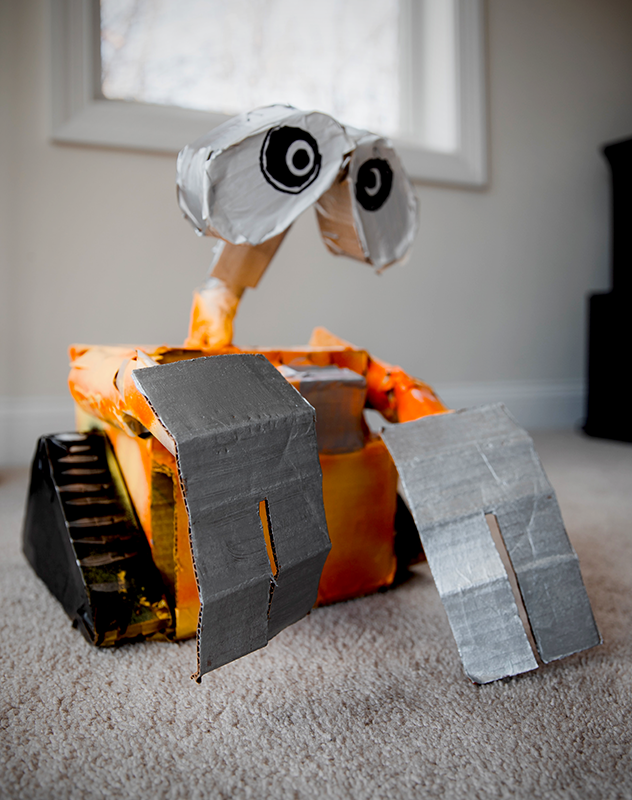
Essence of Recycled Art
What is another word for recycled art?
This question opens the door to a realm where creativity knows no bounds.
Upcycled art, junk art, and trash art are some of the terms synonymous with recycled art.
These phrases all describe the process of taking waste materials or everyday objects that have outlived their original purpose and converting them into something with higher artistic value.
Artists who specialize in this technique see the potential in scraps of paper, broken glass, and even car parts, transforming them into sculptures, collages, and other art works.
Process of Transformation
Creating art from recyclable materials is not just about the end product; it's about the journey of transformation.
The process involves a deep understanding of the structure and possibilities inherent in the materials at hand.
Artists meticulously research and experiment with various items, from plastics and cardboard to scrap metal and magazines.
They break down these materials and, through their creativity and technique, convert them into upcycled products that challenge our perception of what is considered trash and what can be deemed as fine art.
Role of Imagination
One's imagination is the only limit when it comes to recycled art.
Found objects, which are items that are discovered rather than specifically sought out for use in art, can spark a growing number of possibilities for artistic expression.
These objects, once deemed useless, are reimagined and infused with new meaning.
The transformation of such materials into art works is a testament to the artist's ability to see beyond the mundane and to imbue these items with a sense of purpose and beauty.


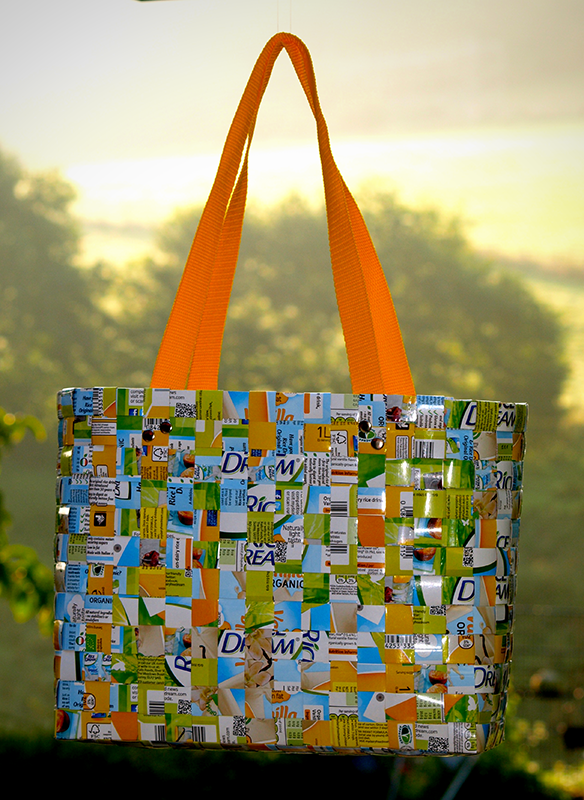
Sustainability Meets Art
Recycled art is not just about creating interesting pieces; it's a statement about the environment and our role in preserving it.
By using waste materials, artists help save energy and reduce the amount of wastes that would otherwise end up in landfills.
This practice teaches us about the importance of recycling and upcycling, showing us that with a bit of creativity, even the most unlikely materials can be given a second chance at life.
Intersection of Recycled Art and Technology
The advent of technology has opened new avenues for artists to recycle and create with precision and flair.
One's imagination is no longer constrained by manual limitations, as digital tools allow for the meticulous deconstruction and reconstruction of materials.
For example, 3D printing technology has revolutionized the way plastic can be recycled into intricate sculptures.
Artists can now design and produce pieces that were once impossible, pushing the boundaries of recycled artwork.
The use of technology not only enhances the creative process but also contributes to the higher value of the upcycled product, as each piece can be tailored to exact specifications and complex designs.
Moreover, technology facilitates the sharing and selling of recycled arts, expanding their reach and impact.
Online platforms present a global stage where artists can showcase their innovative creations made from recycled materials.
This digital exposure not only garners recognition but also educates the public on the potential of recycle-based art.
Interactive websites and social media accounts note the stories behind each artwork, connecting viewers with the creative journey and the environmental message.
As a result, technology not only aids in the creation of recycled art but also plays a pivotal role in its cultural dissemination and appreciation.
Inspirational Power of One's Imagination
The boundless potential of one's imagination is the cornerstone of recycled art.
Artists wielding the power of their creativity can transform mundane materials into extraordinary pieces, challenging the viewer's perception of waste.
By reimagining the purpose of discarded items, these visionaries not only give new life to what was once considered trash but also showcase the limitless possibilities inherent in every object.
This reinvention process is a testament to the human capacity for innovation and serves as an inspiration for onlookers to see the world through a lens of potential rather than limitation.
Moreover, one's imagination in recycled art acts as a bridge between the present and the future.
It is a powerful tool that artists use to communicate messages of hope and resilience.
Through their work, they demonstrate that with a bit of creativity, even the most unassuming items can become part of something larger than themselves.
This imaginative approach to art encourages society to think beyond conventional uses and to envision a world where everything has a place and purpose, thereby fostering a culture of resourcefulness and ingenuity.

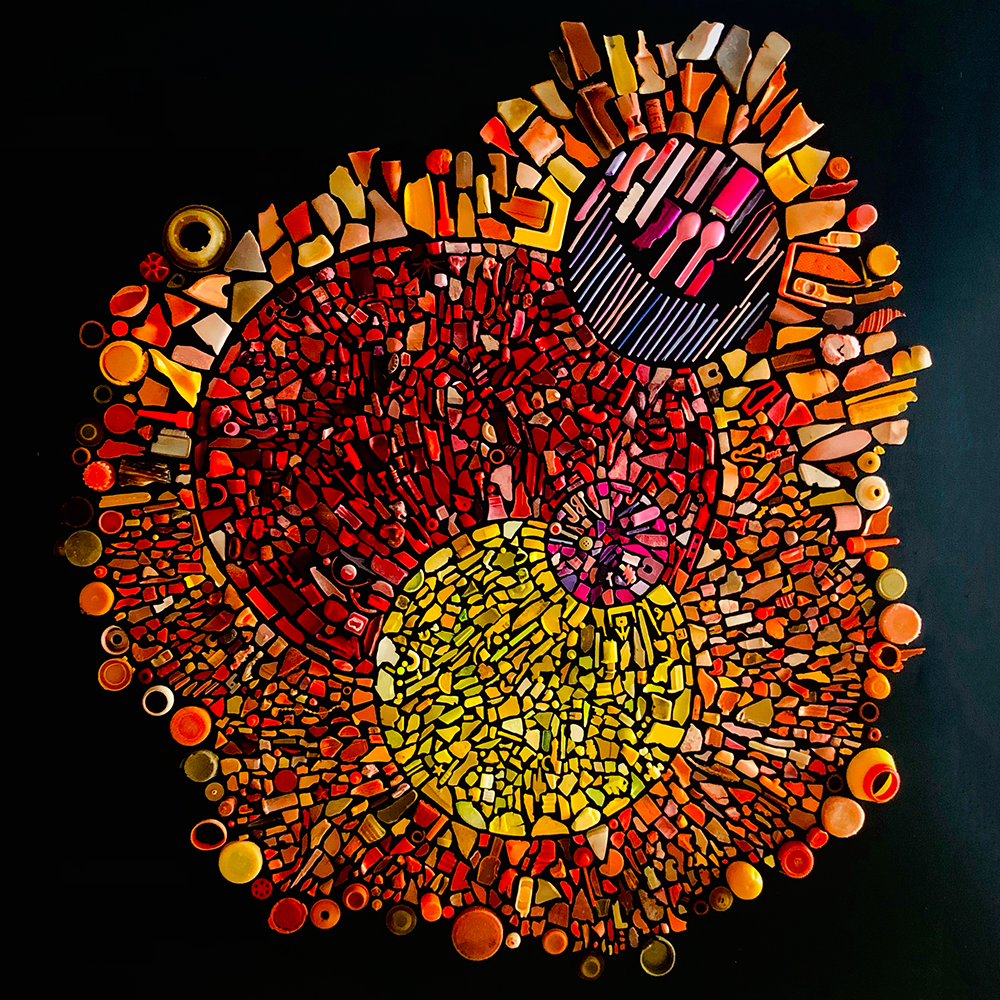
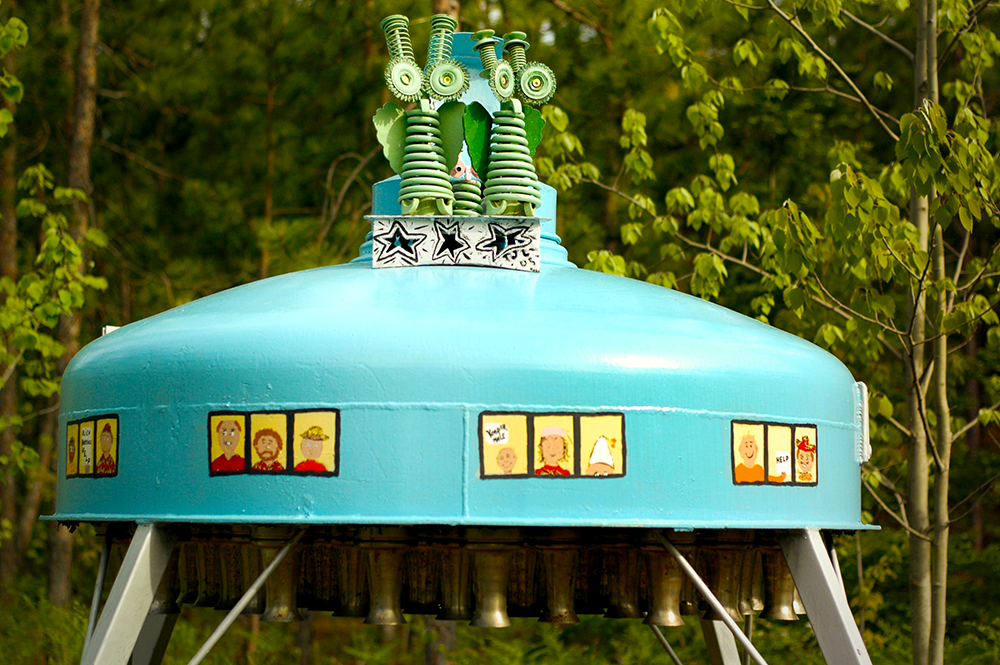
Recycled Art: Breathing New Life into Plants
Recycled art has a unique relationship with plants, often incorporating organic elements into artworks to emphasize the connection between nature and human creativity.
Artists may use dried leaves, twigs, or even living plants as part of their compositions, creating a dialogue between the natural world and the recycled materials.
This symbiosis not only highlights the beauty of flora but also serves as a reminder of the cyclical nature of life.
By integrating plants into their work, artists can explore themes of growth, decay, and rebirth, offering viewers a multifaceted experience that resonates with the rhythms of the natural world.
Furthermore, the inclusion of plants in recycled art can transform spaces and influence the ambiance of an environment.
Greenery, when paired with reclaimed objects, can soften the industrial feel of recycled materials, creating harmonious and aesthetically pleasing installations.
These living artworks also have the practical benefit of improving air quality and contributing to the well-being of those who interact with them.
As such, recycled art that incorporates plants not only serves as a visual feast but also enhances our living spaces, making them more vibrant and sustainable.
Recycling as a Tool for Environmental Education
Recycled art serves as a powerful educational tool, conveying the importance of sustainability through visual and tactile experiences.
By transforming waste into artwork, artists illustrate the concept of upcycling and its benefits to the environment.
Schools and educational institutions often incorporate recycled art projects to teach students about the impact of waste and the value of recycling.
These projects not only foster creativity but also instill a sense of responsibility towards the planet.
For instance, creating a sculpture from discarded plastic bottles can highlight the issue of plastic pollution and encourage students to think about responsible consumption and waste management.
In addition to formal education settings, public installations of recycled art serve as informal educational platforms.
These artworks, often placed in parks, museums, or urban spaces, invite passersby to reflect on the materials used and the message they convey.
By encountering a bench made from upcycled wood or a mural decorated with repurposed glass, individuals are prompted to consider the lifecycle of products and the potential of items that are often overlooked.
Such public artworks not only beautify the space but also present a note of awareness, prompting community discussions about environmental issues and the role each person plays in the cycle of recycle and reuse.



Cultural Impact
The impact of recycled art extends beyond individual art works; it influences culture and society's approach to waste and recycling.
As more artists and designers embrace the concept of using found objects and recyclable materials, they inspire others to rethink their consumption habits and the lifecycle of the products they use.
This shift in perspective is crucial in a world where resources are limited and the need for sustainable practices is ever-growing.
Artistic Value and Recognition
Recycled art has carved out its own niche in the fine art world, with many pieces being showcased in galleries and exhibitions.
The artistic value of these works is increasingly recognized, as they not only display the artist's skill and creativity but also carry a powerful message about sustainability.
From sculptures made of scrap metal to fashion created from plastics, these art works are gaining a foothold in the art community and are being celebrated for their unique contribution to the dialogue on environmental conservation.
Future of Recycled Art
The future of recycled art is bright, with a growing number of artists and communities embracing its potential.
As the world becomes more aware of the need to reduce waste and conserve resources, the role of recycled art in promoting these ideals becomes more significant.
With each piece of art created from recycled materials, we are reminded of the endless possibilities that exist when we choose to reuse and repurpose what we once considered waste.
Teaching and Spreading the Word
Educational institutions and organizations are beginning to teach the principles of recycled art, spreading awareness of its benefits and encouraging a new generation to explore this form of expression.
Workshops, courses, and community projects focused on creating art from waste materials are popping up around the world, fostering a sense of community and shared responsibility towards the environment.
Recycled Art in Everyday Life
Recycled art is not confined to the realms of galleries and exhibitions; it has found its way into everyday life. Furniture, home décor, and even toys are being crafted from materials that would otherwise be discarded.
This integration of recycled art into daily living not only adds an interesting aesthetic quality to our surroundings but also serves as a constant reminder of the importance of recycling and the value of giving new life to what we often consider to be trash.


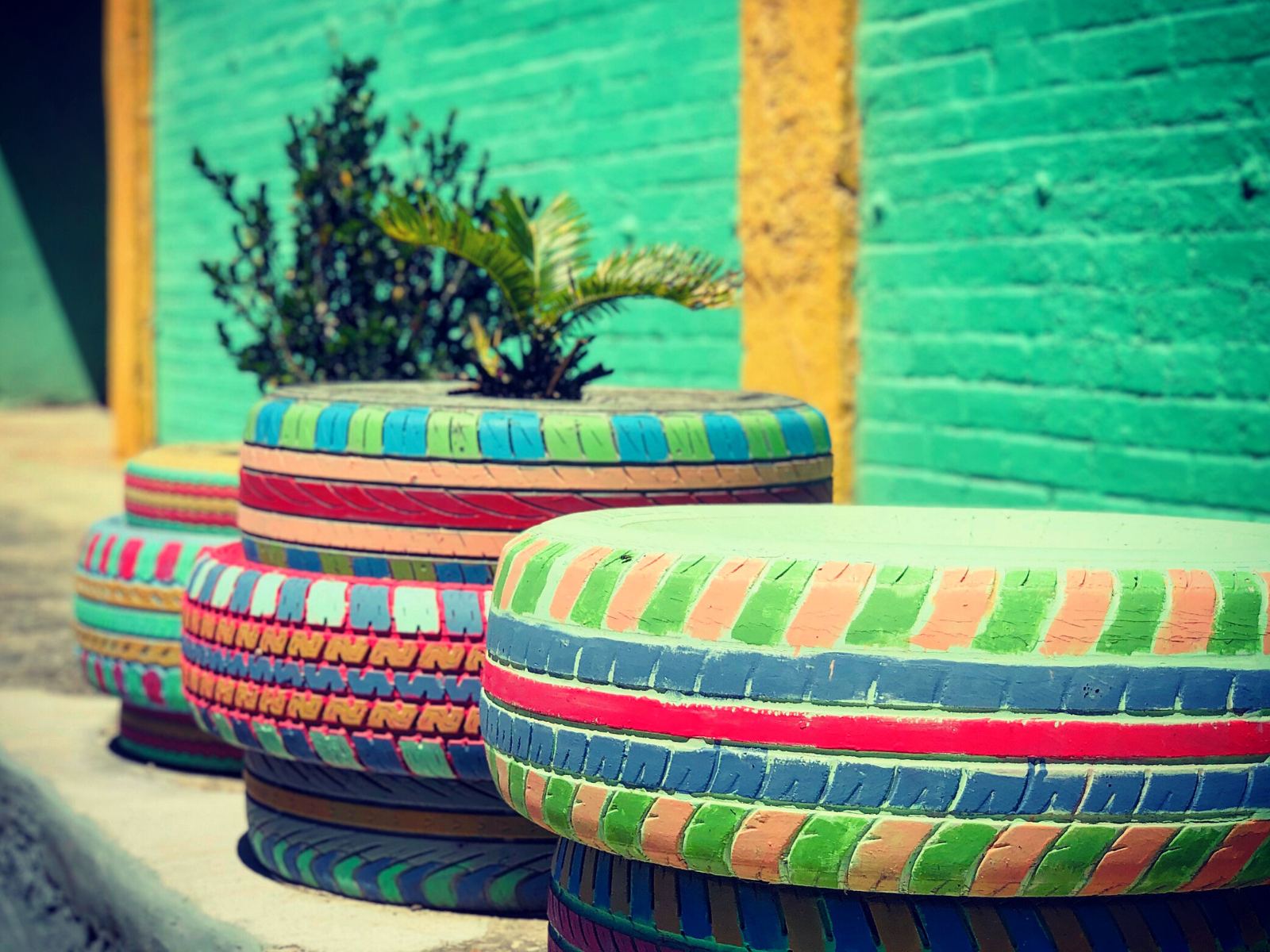
Embracing a Greener Future Through Innovation
Recycled art, also known as upcycled art, junk art, or trash art, is a creative and sustainable form of fine art that transforms waste materials into valuable art works.
In the grand tapestry of human expression, recycled art stands as a testament to our ingenuity and commitment to the planet.
It's a movement that transcends mere aesthetics, embodying a deeper message of renewal and hope.
This practice not only showcases the boundless creativity of artists but also promotes a culture of recycling and environmental responsibility.
As we marvel at the extraordinary creations born from the ordinary, we are reminded of our collective power to effect change.
This art form is not just a trend; it's a burgeoning cultural revolution that redefines value and challenges us to see the world through a lens of endless potential.
By repurposing everyday objects and found materials, artists worldwide are creating pieces that challenge our perceptions and inspire a shift towards more sustainable living.
As recycled art continues to gain recognition and integrate into our daily lives, it stands as a powerful symbol of the possibilities that lie in reimagining and reusing the resources we have at our disposal.
Let's continue to champion these eco-conscious masterpieces and the artists who dare to dream of a world where nothing is wasted, and everything is a canvas for creativity.
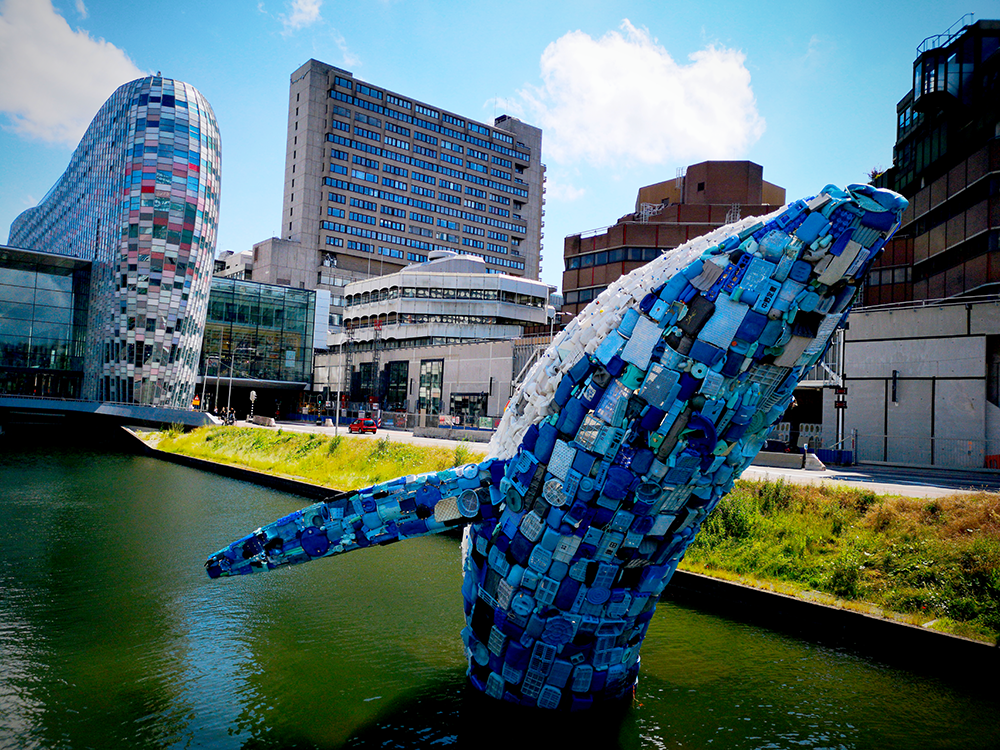


Recycled Art FAQs
Embarking on a journey through the world of recycled art opens up a treasure trove of creativity and environmental stewardship.
This fascinating realm where sustainability meets artistic expression is not only a testament to human ingenuity but also a powerful statement on our relationship with the planet.
As curiosity blossoms and questions arise, these FAQs are designed to shed light on the most common inquiries about this innovative art form.
From the eclectic materials that breathe new life into art to the profound environmental impacts and the recognition of recycled masterpieces in the fine art community, we've got your curiosities covered.
Let's dive into the transformative world of recycled art and uncover the answers to your burning questions.
What materials are commonly used in recycled art?
Recycled art can be made from a wide range of materials, including but not limited to scrap metal, broken glass, plastics, cardboard, paper, magazines, car parts, and even discarded toys. Essentially, any material that can be repurposed and has the potential to be transformed into something of artistic value can be used in recycled art.
How does recycled art benefit the environment?
Recycled art benefits the environment by reducing waste, saving energy, and minimizing the carbon footprint associated with producing new materials. By converting waste into art, artists prevent these materials from ending up in landfills and contribute to a culture of sustainability and responsible resource management.
Can recycled art be considered fine art?
Yes, recycled art is increasingly being recognized as fine art. Many pieces of recycled art are exhibited in galleries and art shows, and artists who specialize in this form of expression are gaining acclaim for their innovative work. The unique nature and environmental message of recycled art have earned it a respected place in the art world.
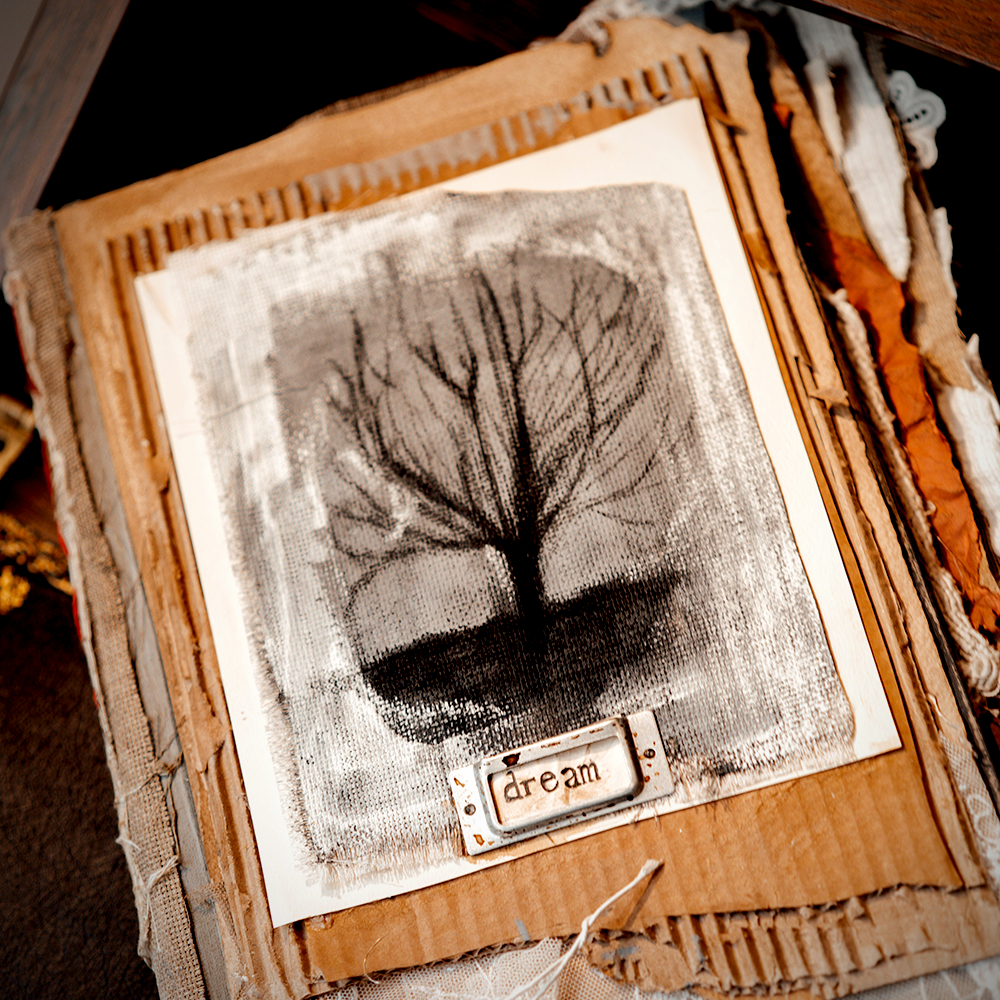

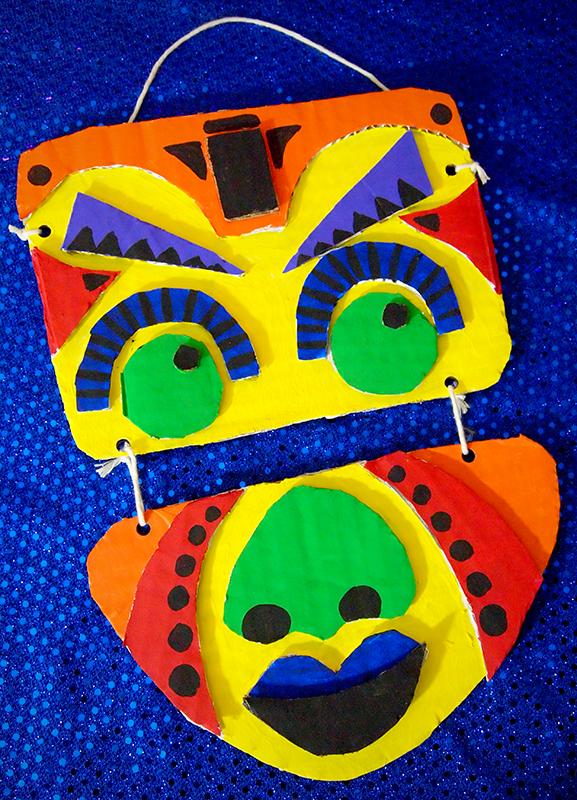
Eager to get crafting your own recycled art projects? Check out Red Ted Art's video!
Want even more content about creativity and art?
Be sure to check out all of our creative chronicles!
Ready to dive into the world of upcycling and recycled art?
Check out some of our other articles:
-How do you make recycled art?
-Why do people make recycled art?
-What are the best materials to upcycle?
-What is the difference between upcycled and repurposed?
-Why is upcycling gaining popularity?
